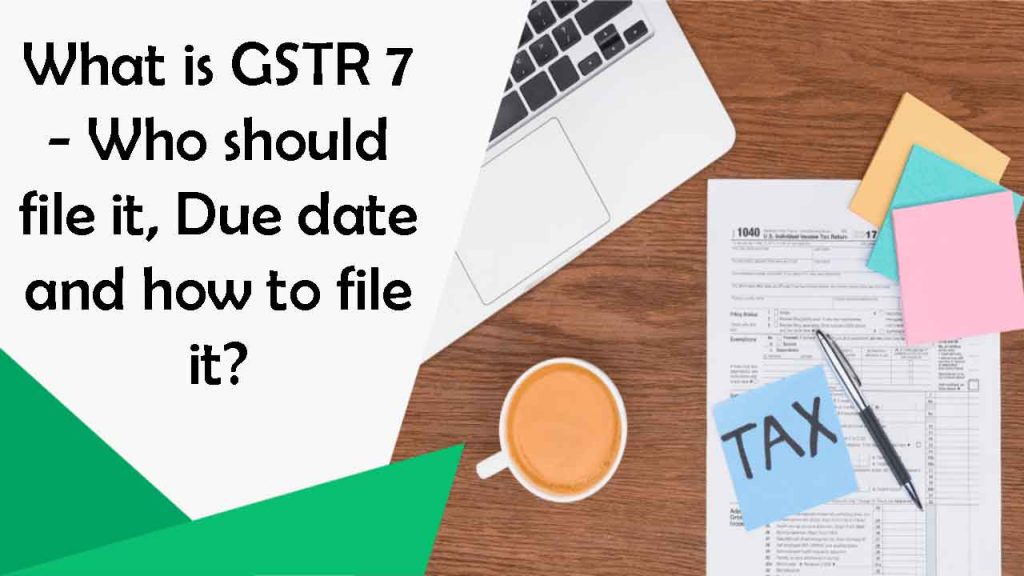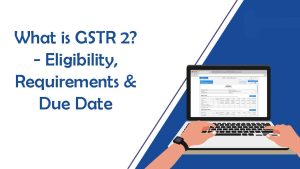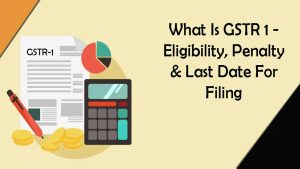The GSTR 7 is a paper or declaration submitted by individuals who subtract tax from payments made to suppliers for inward supplies received. This return would include the specifics of all sales on which you deducted tax at the source, as well as the full names and addresses of your suppliers.
GSTR-7 includes information about the TDS deducted, TDS owed, and other deductions made by the deductor in every given tax year. Deductees can obtain these details through the GST portal in Form GSTR-2A (auto-populated). The TDS sum is deducted by the deductor after rendering the payment to the supplier or deductee. Furthermore, the GSTR-7 must be filed as it requires the deductee to assert the input deduction and then use the accrued TDS to pay the remaining tax liability.
Due date for GSTR 7?
- The GSTR-7 for a given period could be submitted at the end of the month.
- The deadline for sending this return is the 10th of the next month. (For example, if you are submitting the GSTR-7 for May 2020, you must file it by June 10th, 2020)
Must read – What is GSTR 3B?
Who should file GSTR 7?

Following individuals have to file GSTR 7 –
- You should have a unique 15 digits GSTIN number.
- Your company’s aggregate turnover must be more than ₹20 lakh.
- You must keep detailed records of all purchases on which you subtract and collect taxes on part of the vendors.
How to file GSTR 7?
The GSTR 7 form gathers information that is applicable to taxpayers who want to exclude TDS from their GST returns. Let’s look more closely.
GSTIN – Your 15 digit GST number
Name of the Deductor – Name of the registered taxpayer
Return Period – Month name for which you are filing the return
TDS Details –
- You must note the GSTINs of the persons engaged in TDS transactions, as well as the full specifics of those transactions, in this section. Depending on the details given above, the GST payable could be determined for each of the three elements (IGST, CGST and SGST).
- Utilizing Section 4A of the GSTR-7, any individual can amend/modify the specifics of the tax deducted at the source by the individual during previous tax periods.
Liability Payable and Paid – This part contains the details of the GST that you have to pay. This also includes penalties and already paid tax.
Refund Claimed – This part shows the refund collect by you.
For verification, you have to electronically sign the return.



